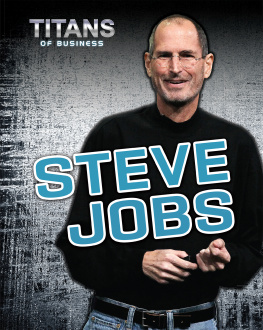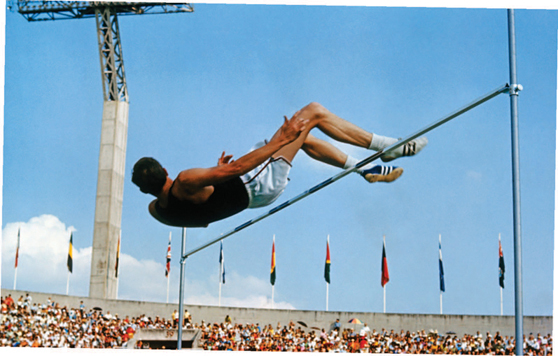Glossary
able to move easily and quicklyforce that stops air from flowing smoothly over somethingsomeone who has lost one or more of their arms or legsOlympic Games held at Olympia in ancient Greece, beginning in 776BCEnot natural, made by peoplein skiing, fixing between a ski boot and the skiunit of energy. All food contains calories.substance in food that produces energy. Foods such as bread, rice, andpasta contain a lot of carbohydrateslight, but very strong, material used in a lot of high-tech sportingequipmentsubstance that affects the way your body or mind works. Using drugs can givesome athletes an unfair advantage, but damages their health.plastic that contains fibers of glass to make it strongersystem on a car or bicycle that affects how fast the wheels will turn whenforce is applied, such as by pushing pedals. Bicycles use a low gear for going uphilland a high gear for going downhill and going faster.long running race held over 26.2 miles (42.2 kilometers)all the people involved in the Olympic Games, including the InternationalOlympic Committee, Olympic officials from each country, and each Olympic sportgames for athletes with a disability, held after the Olympic Games inthe same placeraised platformsubstance contained in food that helpsthe body to repair itself and grow new cells. Meat, fish, and dairy products containa lot of protein.large arena for sporting events. The Olympic stadium is used for athleticevents and the opening and closing ceremonies.device athletes use to steady themselves at the start of a racedesigned to reduce air or water resistancesystem of springs that absorb shocks to make riding a mountain bike, orother vehicle, smoothersomething developed using scientific or technical principles, from fabricsused in clothing to complex electronic gadgetsdisability affecting the sight, such as total loss of sight
Find Out More
Books
Brasch, Nicolas. Sports and Sporting Equipment . Mankato, MN: Smart Apple Media, 2011.
De Winter, James. Secrets of Sport: The Technology that Makes Champions. Mankato:Fact Finders, 2009.
Fridell, Ron. Sports Technology . Minneapolis, MN: Lerner Classroom, 2008.
Johnson, Robin. Paralympic Sports Events . New York: Crabtree Publishing, 2009.
Websites
oscarpistorius.com
Visit the official website of Oscar Pistorius to learn more about the Paralympicathletes inspirational achievements.
www.design-technology.org
This website covers a lot of design and technology topics, including a section onsports shoes.
www.exploratorium.edu/explore/staff_picks/sports_science
This science museum website includes a section on the science behind different sports.
www.london2012.com
The website of the London 2012 Games includes details of venues and preparationsfor the Games, as well as information about Olympic sports.
www.olympic.org
The official website of the International Olympic Committee includes facts and statisticsabout every Olympic Games and medal winner.

Olympic Dreams
In the Olympic . They wear medalsaround their necks: a bronze medal for the athlete who finished third, silver forsecond, and gold for the Olympic champion. The athletes have proved they are thebest in the world.
Technology at the Olympics
Winning an Olympic medal requires skill and many years of training. Training andcompeting at the Olympics also depends on . In the 300 different Olympicevents, from athletics to weightlifting, technology helps athletes to run faster,jump higher, and break records.
Technology is also important in bringing the world together for the Olympics. Thefirst modern Olympics were held in Athens, Greece, in 1896. The only way of gettingto Athens was by land or sea. In 2012, athletes from more than 200 nations will flyinto London in the United Kingdom for the Olympics.
100 metersthen and now
The 100-meter race decides who is the fastest man or woman in the world. In 1896,Thomas Burke of the United States won in 12 seconds. In 2008, Jamaicas Usain Boltwon in 9.69 seconds. Part of the improvement in times is due to changes in technologysuch as , athletes clothing, and improved training methods.
The 100-meter sprint then and now. Athletes clothing has changed a lot since 1896.
On the Track
Shoe technology is essential for runners. Englishman Joseph William Foster inventedrunning spikes in the 1890s. Fosters running pumps included six one-inch spikes.Like modern running spikes, the shoes had no heel. Spikes are different dependingon the distance the athlete is running. Spikes for sprinters are very light withno padding.
Australias Cathy Freeman won 400-meter gold at the Sydney Olympics in 2000. Hersuit allowed air to flow more easily over her body.
For many years, Olympic medals were won on dusty cinder tracks. Todays runningtracks are made of rubber, designed to be springy without being soft. Many of thematerials in Londons Olympic track will be recycled. Starting blocks were firstused at the 1928 Olympics. They prevent runners from slipping at the start. Beforethen, runners dug a little hole in the track.
Shoes are for wimps!
Although technology has helped athletes run faster, athletics is still about thecontest between one athlete and another. The right shoes will only get you so far,as Ethiopias Abebe Bikila proved when he won the 1960 Olympic with barefeet!
OSCAR PISTORIUS (BORN 1986)
South African Oscar Pistorius, nicknamed the blade runner, lost both his legs asa baby. He has won Paralympic titles running on and Olympics in 2012.
Jumping and Throwing
Some athletic events use technology as part of the sport. The pole vault would beno good without the pole that athletes use to jump over a high bar. Changes in materialshave helped pole-vaulters jump much higher. In the early 1900s a solid wooden polewas used. Todays pole-vaulters use a fiberglass pole, which is very light and strong.It will bend more without snapping, to help athletes spring over the bar.























